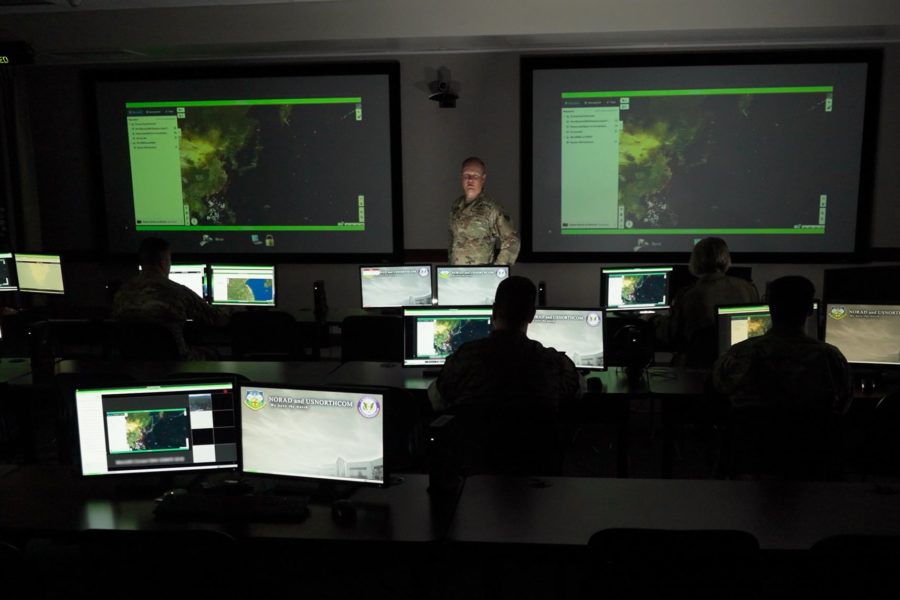The head of U.S. Northern Command says the United States needs to modernize its communication and warning systems for homeland defense to ensure leaders have more time and better options before launching a kinetic response to potential threats.
Future operations will inevitably demand that multiple combatant commands work together, often in multiple domains, to defend the U.S. homeland, said Air Force Gen. Glen D. VanHerck, who leads both NORTHCOM and the North American Aerospace Defense Command, speaking Aug. 17 at a Center for Strategic and International Studies event. “I think this is the way of the future, whether that be for a peer competitor or even a rogue actor who has access to information that creates opportunities for them to challenge [us] across all domains.”
Created 20 years ago in the wake of the 9/11 attacks on New York and Washington, D.C., NORTHCOM still relies on the same analog systems and processes to share threat data and intelligence. For example, if a warning radar detects a Russian bomber approaching from the Northeast, controllers must telephone the command center, where another operator must make another call to the appropriate sector, either the continental NORAD region, Alaska NORAD region, or Canadian NORAD region. Only then would someone call VanHerck’s headquarters. The process takes minutes to unfold.
“That’s not good enough,” Van Herck said. “Imagine having a single pane of glass [that allows you to] see that all in real time, … so you can globally collaborate on response options to something like that. That’s where we’re going.”
NORTHCOM completed the third in a series of Global Information Dominance Experiments, known as GIDE, July 8-15. GIDE applies machine learning to create an artificial intelligence system that shares information across all 11 combatant commands in “real time, or near-real time,” VanHerck said.
The latest experiment included three “synchronized but distinct stages,” according to a NORAD/NORTHCOM release:
- Stage One “focused on cost-effective data solutions to increase decision space through earlier indications and warnings,” according to the release.
- Stage Two evaluated the ability to respond to a contested logistics scenario and “demonstrated global collaboration to rapidly create deterrence options and dynamic contested logistics planning.”
- Stage Three “demonstrated the Joint Artificial Intelligence Center’s Matchmaker capability for machine-enabled crisis deterrence and conflict defense options.”
In the competition stage of the July experiment, a GIDE team aggregated early indications and warnings from 120 days of geopolitical events, using real-world alerts to highlight adversary actions and requiring collaboration across combatant commands. During the experiment, leaders used artificial intelligence to review deterrence responses, according to a video shown during the CSIS event.
The GIDE 3 experiment also included a conflict stage in which a military Blue Force faced off against Red Force threats at Michigan’s Alpena Combat Readiness Training Center. A cloud-based computer network, accessible both in Michigan and at Tyndall Air Force Base, Fla., enabled participants to share data and demonstrate responses.
In the first GIDE experiment, in December, NORAD and USNORTHCOM took part in a table-top exercise with U.S. Southern Command, U.S. Indo-Pacific Command, U.S. Transportation Command, U.S. Strategic Command, and the undersecretary of defense for intelligence and security to prototype the concept. Then in March, GIDE 2 expanded participation to all the combatant commands and brought in the JAIC. Unlike the first experiment, GIDE 2 included “live-fly events,” according to a release.
The Department of the Air Force Chief Architect Office provided “significant funding and manpower resources” for GIDE 3.
“I think the tools that we demonstrated are ready to be applied at the operational to strategic level to create time and decision space,” VanHerck said.
A fourth experiment is planned for fall 2021.
